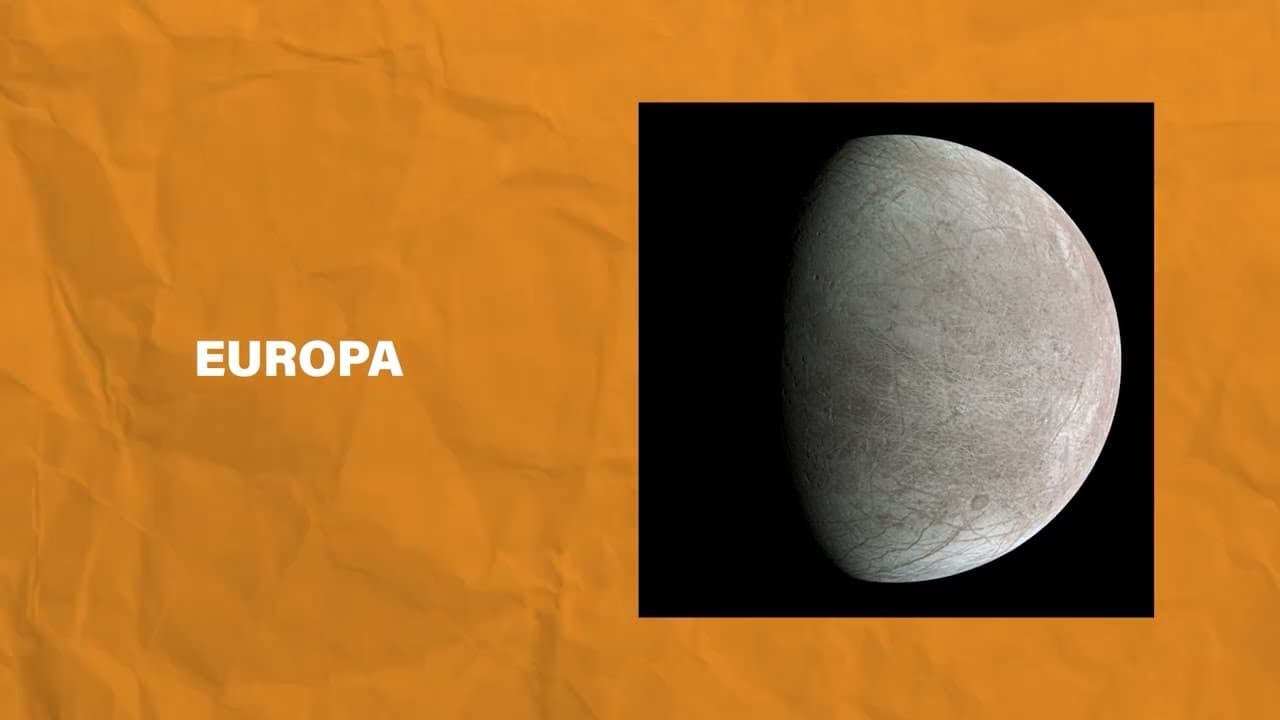Discovering the Cosmos: My Journey Through 100 Space Facts
I remember the first time I looked up at the night sky and felt that pull of wonder, realizing how much mystery lies beyond our world. Join me as I share these intriguing facts about the universe, from galaxy formations to planetary oddities, revealing surprises that could reshape our understanding of space and our place in it.
TL;DR
I started with the shock of early galaxies forming in banana-like shapes, hinting at dark matter's hidden role in cosmic evolution.
Delving deeper, I uncovered Saturn's hexagonal storm and Jupiter's Great Red Spot, showcasing the unpredictable forces shaping our solar system.
Exploring rare ring galaxies like Hoag's Object sparked curiosity about galactic collisions and the elusive moon moons orbiting distant worlds.
I learned of our Milky Way's potential size edge over Andromeda, building tension toward an inevitable galactic merger that could redefine our cosmic neighborhood.
Finally, black holes and neutron stars revealed extreme energies, leaving me pondering the universe's vast, destructive beauty and its implications for future discoveries.
When I first delved into the mysteries of space, I was captivated by how galaxies form and evolve. For years, scientists assumed that early galaxies mirrored today's shapes, like spirals or ellipses, but the James Webb Space Telescope changed that. It captured images of nearly 4,000 galaxies from just 500 million years after the Big Bang, showing them as oddly banana-shaped structures, which echoed earlier Hubble findings of "pickle-shaped" forms.

This discovery made me question the forces at play, especially dark matter's role in galaxy formation. Without a clear explanation, it's exciting to think that further research might unlock clues about how these shapes influence the universe's structure, adding a layer of intrigue to our cosmic origins.
The Wonders of Our Solar System
As I shifted focus to our own solar system, Saturn's hexagon caught my attention as one of the strangest features. This massive storm at the planet's North Pole forms a perfect hexagonal shape, with each side longer than Earth's diameter, visible even through amateur telescopes depending on Saturn's position.
Unlike Jupiter's iconic Great Red Spot, Saturn's hexagon has puzzled astronomers since the Voyager mission in 1981. Its color shift from blue to golden orange, possibly due to seasonal changes, adds to the mystery, involving complex fluid dynamics that we still can't fully explain.

Then there's Hoag's Object, a rare ring galaxy that stands out for its near-perfect symmetry. I imagined how this 0.1% of galaxies formed, perhaps from ancient collisions, and the cosmic coincidence of seeing another ring galaxy through its center.
Europa, one of Jupiter's moons, fascinated me with its vast oceans, holding twice as much water as Earth's combined. The pressure there might even create unique ice forms, hinting at potential subsurface life and the extremes of our solar neighborhood.
Black Holes and Beyond
Black holes always intrigued me as the universe's ultimate enigmas, formed from massive star collapses or ancient gas clouds. Their event horizons trap everything, including light, making them points of no return, yet they hold keys to understanding matter's extremes.
Quasars, those incredibly bright objects, turned out to be powered by supermassive black holes devouring gas, outshining entire galaxies. The brightest one I learned about could make our sun seem dim, raising questions about whether our Milky Way was once a quasar.

Neutron stars, with their rapid spins and immense densities, added another layer of awe. Some rotate over 700 times per second, and glitches in their spin rates keep scientists guessing about their internal dynamics.
Rogue planets and stars, drifting alone in space, made me reflect on isolation in the cosmos. The universe's vast voids, like the Boötes Void, span hundreds of millions of light-years with barely any galaxies, emphasizing how empty space can truly be.
As I wrapped up this exploration, the future implications struck me—galactic collisions like ours with Andromeda could spark new quasars, while human space travel faces challenges like microgravity's effects on our bodies. It's a reminder that while we've uncovered so much, the cosmos still holds surprises that could redefine our existence.
Key Takeaways
Early galaxies often formed in unusual shapes, potentially linked to dark matter's influence on cosmic structures.
Solar system features like Saturn's hexagon and Europa's oceans highlight the diversity and mysteries of planetary science.
Black holes and neutron stars represent extreme cosmic phenomena, powering quasars and challenging our understanding of physics.
The universe's expansion and voids underscore the isolation of galaxies, with events like supernovas shaping its evolution.
Future space endeavors must address health risks and cosmic anomalies to advance human exploration beyond our solar system.

